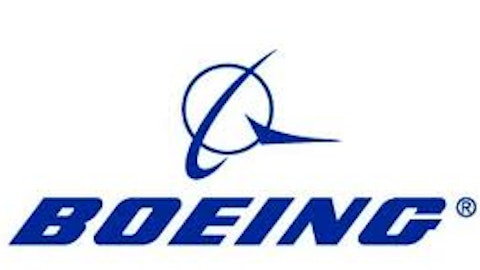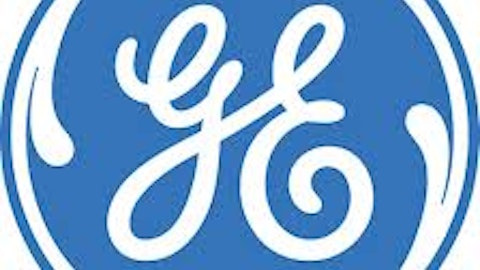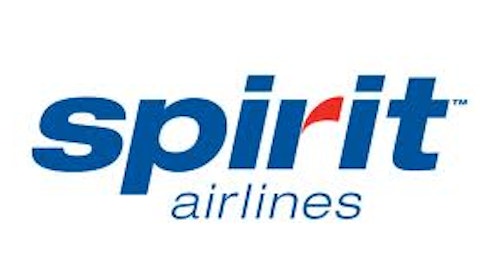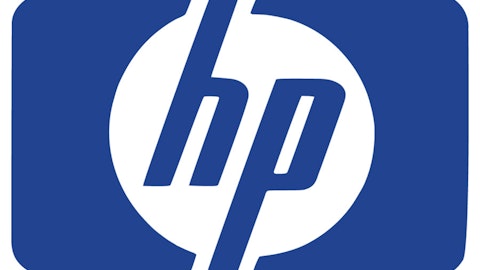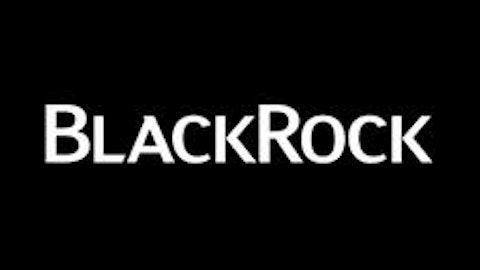
The market loves them because it tends to dislike complication. If the market has its way, all publicly-traded companies would operate in their simplest form possible. That means that a liquor company would only sell liquor, and not bathroom sink faucets. Or a heavy machinery company would only sell heavy machinery, and not pizza ovens. And if the market had its way, Textron Inc. (NYSE:TXT), the maker of Bell helicopters, Cessna business jets, unmanned military aircraft, golf carts, turf-care vehicles, power tools and other varied product types, would break itself up into simpler companies.
Unlikely in the Near-Term
Let me start by saying that a breakup in the near-term appears unlikely. In December 2008, Textron Inc. (NYSE:TXT)’s brand new Chief Operating Officer (today the company’s CEO) flatly declared that Bell Helicopter and Cessna were not for sale. This former head of General Electric Company (NYSE:GE)’s Aviation division openly dismissed the idea of maximizing shareholder value by breaking up the company as short-term thinking. And given how low the company was valued at that time, keeping the company together seemed the correct way of addressing the situation.
When he made that declaration, shares of Textron Inc. (NYSE:TXT) were trading at about $12 a share, down from the company’s all-time high of $74.40 made just under 12 months ago. Clearly the time to break up and sell was during the company’s highs of December 2007, not when the company was trading at its new generational-lows in December 2008 (a share price low the company had not seen since 1994).
Instead, the new COO and future CEO would execute on his own plans to maximize shareholder value. This would include winding down the Textron Inc. (NYSE:TXT) Financial Corporation unit that was hit so hard during the financial crisis (which made up 7% of company revenues in 2007 and 14% of profits). The company would eventually exit from nearly all commercial finance businesses, although leaving in place the ability for customers to finance consumer purchases of Textron Inc. (NYSE:TXT)-made products. With that albatross removed from around their necks, Textron management could then focus on improving the company’s core manufacturing businesses units.
Textron Then and Now
In 2007, Textron was flying high (excuse the pun), reporting exceptional results for each of its business units. As with much of the economy at the time, the perception was that the good times where here to stay forever. My how one year can really change things. As mentioned previously, Textron Financial Corporation was the first to feel the pain thanks to the disruption of the global capital markets. Although the Cessna, Bell Helicopter and Textron Systems divisions managed to increase their revenues and profits in 2008, Textron Financial Corporation’s drop was enough to essentially cancel out everything else. Textron Financial Corporation went from a profit of $222 million in 2007 to a loss of $50 million in 2008.
Cessna would be next, with the poor state of the global economy stalling corporate demand for business jets. Revenues for the Cessna division would achieve a 2008 high of $5.662 billion, with $905 million in profits and a profit margin of 16%. Though just two years later, revenues for Cessna would be cut in half to $2.563 billion, with a loss of $29 million. Cessna has since recovered from those 2010 lows, but is still far from the highs made in 2008.
Lost in all of the problems with Textron Financial Corporation and Cessna was that the Bell Helicopter division remained strong throughout the financial crisis. The division had actually managed to increase its revenue, profit and profit margin in 2009, 2010, 2011 and 2012 thanks to strong demand from the U.S. and foreign governments for their military helicopters. Today Bell Helicopter is more profitable than it was in 2007, as well as the company’s largest division by revenue (a distinction that previously belonged to Cessna).
The Likely Suitors
The primary reason for calling for a breakup of Textron is the presumption that no company would be interested in acquiring the entirety of Textron (military and commercial helicopters, business jets, unmanned aircraft, marine and land combat vehicles, golf carts, turf care vehicles, power tools and auto parts). While Textron’s extreme diversity hurts the chances for the entire company to be acquired outright, a breakup would make the individual parts very attractive acquisition targets for a number of companies.
Textron’s Bell Helicopters would be a great match for the Sikorsky helicopter business, owned by the massive conglomerate United Technologies Corporation (NYSE:UTX). Previously in 2009, the chief of the Sikorsky division commented at an investor meeting that the consolidation of Bell and Sikorsky into a single company would be “an interesting hypothesis.” This leads one to believe that not only would an acquisition by United Technologies be a good idea, but that it is a good idea that was already on the minds of United Technologies executives in the not too distant past.
An even better match for Bell could be The Boeing Company (NYSE:BA). The two companies currently collaborate together to make the Bell-Boeing V-22 Osprey tiltrotor aircraft (basically a helicopter that converts mid-air into a plane, and vice versa). The two companies were recently awarded with a $6.5 billion contract in June to supply 99 of these aircraft to the U.S. Marine Corps and the U.S. Air Force, with the option for an additional 23 aircraft. Acquiring Bell would allow Boeing to capture all of the future growth from the V-22 program, as well as integrate Bell’s other helicopter models into Boeing’s own rotorcraft division.
The other Textron businesses would also be able to find suitors on their own. The Cessna business would make an attractive target for General Dynamics Corporation (NYSE:GD), which owns the Gulfstream brand of business jets. And the defense business of Textron Systems might make sense for Northrop Grumman Corporation (NYSE:NOC). The unmanned aircraft produced by Textron Systems could be absorbed fairly easily into Northrop Grumman’s Aerospace Systems division, which also makes unnamed aircraft.
Past Breakup Speculation
On January 11 of 2012, shares of Textron closed up 5.7% on a down day for the S&P 500. The reason for that jump was a Reuters report that indicated that Textron management was exploring its options, including the possibility of spinning-off some of the company’s businesses.
A year and half later, and there has been little public progress made on that front, while the market seems to have mostly forgotten about that possible development. But the initial stock move on mere speculation demonstrated perfectly how the market would greet an actual breakup announcement if management decided to go down that road.
Foolish Bottom Line
As Textron continues to recover from the troubles of the financial crisis, the individual parts of the company will begin to look more and more attractive to prospective buyers, making a breakup of the company much more likely than during the lows of 2008-2010. While the company is not there yet, there appears to be great potential for Textron and its shareholders in the years to come.
The article The Market Wants to Break up With Textron originally appeared on Fool.com and is written by Matthew Luke.
Matthew Luke owns shares of Textron. The Motley Fool recommends Beam. The Motley Fool owns shares of General Dynamics, General Electric Company, Northrop Grumman, and Textron. Matthew is a member of The Motley Fool Blog Network — entries represent the personal opinion of the blogger and are not formally edited.
Copyright © 1995 – 2013 The Motley Fool, LLC. All rights reserved. The Motley Fool has a disclosure policy.
